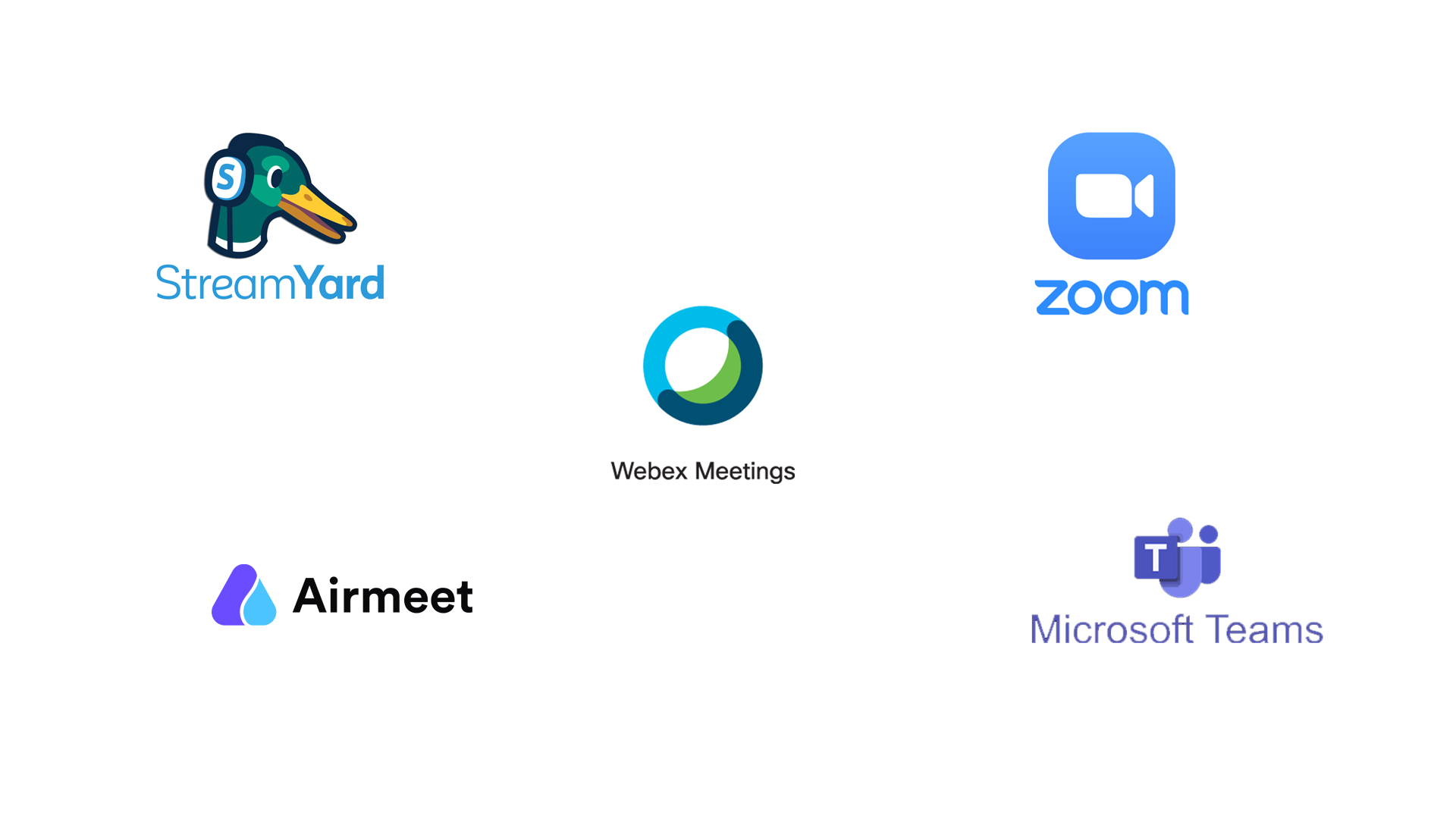
The New Wave of Online Events
For over two months we have been watching a new increasing wave of remote work implemented by several companies, in order to maintain their activity while keeping their employees safe. Workers have had to adapt to online and digital processes, but this transition has not always been smooth: businesses with a strong physical connection, such as a physical product or service, might not have been fully successful.
A great example are companies that rely on physical events to connect with their customers and leads. Many have had to adapt their activities to online, through newsletters and webinars, reassuring their clients that they are still there to support them, even through the tough times, and hoping this is nothing but a phase, with the end goal of returning to their usual business as soon as possible.
This is an inbound marketing strategy, offering relevant content to customers to achieve a certain brand notoriety and increase the trust of the market in them, regarding the chosen subjects. With this marketing strategy, not only is it possible to maintain clients but also gain new ones.
In this article, we will go through the steps and Do’s and Don’ts of Online events and give you some tips to start your online events strategy.
DO’S AND DON’TS OF ONLINE EVENTS
- Decide who’s your targeted audience and listen to them
DO
Just like any other marketing strategy, define your goals, your audience and your persona, and create a content strategy based on their needs, wants and pain points. Help them solve a problem or ease their concerns.
DON’T
Don’t try to please everyone. The broader your topics are, less of an expert you might seem, and less of your preferred leads and clients you might attract. Also, don’t try to guess what your audience wants or needs – simply talk to some of your customers or create an online survey that can give you actual insights.
2. Decide on the content you want to convey
DO
After studying your audience needs, wants and pain points, decide based on real data how you can help by creating a content strategy that you feel comfortable talking about.
DON’T
Don’t just decide based on what you want to convey. Create content that make sense to your preferred audience and is also within your brand scope.
3. Decide who will be the keynote speaker
DO
You don’t have to do everything by yourself! Sometimes partnerships can go a long way for both sides. By inviting an expert keynote speaker, your brand is perceived as an expert and mostly as concerned for their clients
DON’T
Don’t talk about topics you don’t know about. It will be perceived by your audience as a “wannabe” and might hurt your credibility and brand love
4. Decide on format and duration
DO
Online events might not be as able to monopolize the audience attention as physical ones. Make sure that your event is short and straight to the point, while giving the audience an overview of the content. It could be a keynote presentation or a debate panel, but save some time to Q&A by the audience and also leave a contact for further inquiries!
DON’T
Don’t stretch out the subject – if necessary, do a second event to follow up on the subject.
5. Decide on frequency
DO
Consistency is everything nowadays! Make sure you decide on a frequency that is doable for you and your team, but also maintains your brand as top of mind for your audience – create a routine that people won’t forget!
DON’T
It doesn’t need to be everyday or every week, but cannot be every month or every two months – people will forget about it!
6. Start spreading the word!
DO
Use every channel available to you to make sure your online event is widely amplified:
– Newsletters
– Social networks
– Online Ads
– Partners’ networks
– Press releases
DON’T
Unless is a community internal event, don’t keep it a secret! Online events are a great way for new people to get to know your business, and for you to create new leads! Capitalize that as much as possible!
FINAL TIPS
- Use a Landing page and an automated platform to gather reservations for the event (even if it is free attendance)
Those are precious leads that can turn in to clients further ahead!
2. Don’t forget to comply with GDPR regulations
Make sure attendees know you are collecting their data and what for (usually, it is to keep them in the loop of next events – if it is for any other reason, you have to be straightforward about it).
3. Test the preferred online platform ahead
Whether you use Zoom, Webex, Teams, Streamyard, Airmeet or any other platform, make sure everything is working. IF you have keynote speakers as guests, ask them to join 10 minutes before the event, so you can test their video, sound, share screen and internet connection.
4. Explain the event rules to attendees at the beginning
Some keynote speakers prefer their audience camera on, some don’t. Make sure to tell everyone to keep their micro off and keep the chat open to questions anytime.
5. Moderate the sessions
Assume the moderator role and gather all the questions for the Q&A moment, keep attendees interested, dynamize the chat… In a word, make sure it’s not a monologue!
6. Record the session and make it available for whom couldn’t be present
This is an exclusive content you can use in your inbound marketing strategy and capitalize as knowledge you have and want to share with whomever follows your brand.
7. Optimize!
There’s always room to improve. Ask for feedback at the end of every event and learn with every experience, but don’t be afraid to start!
